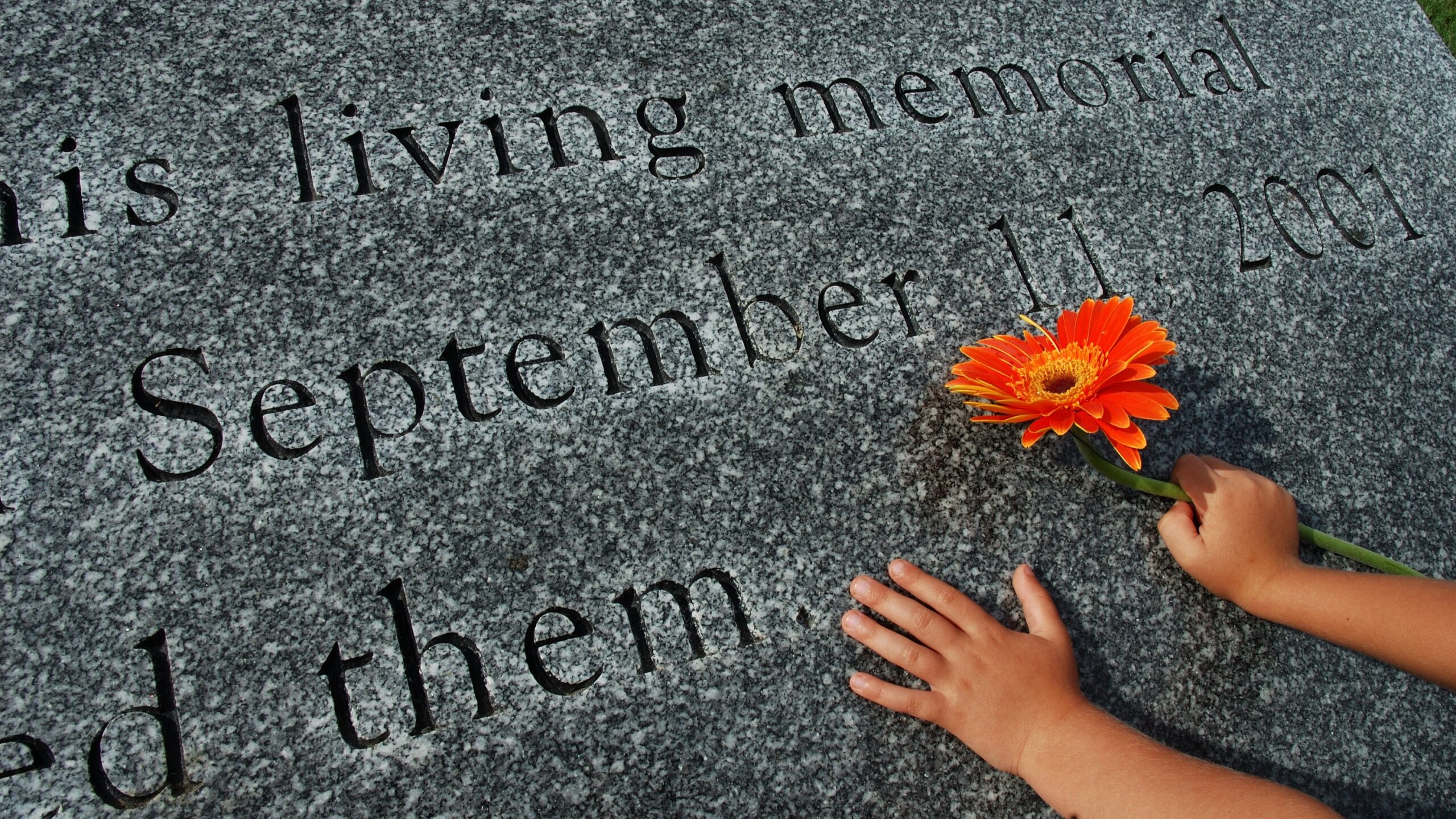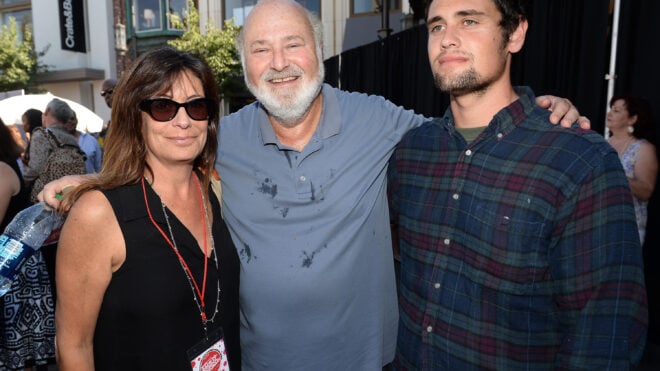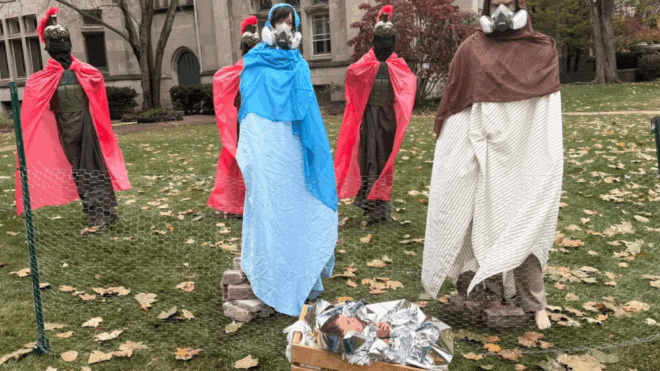
“That’s spooky,” one of my friends told me, after I revealed to her that my son is obsessed with drawing illustrations of the Twin Towers. “Maybe it’s a past life thing.”
Children are beautiful, wonderful, and let’s not forget, very strange creatures. Many of us have forgotten what it was like to be a kid (after all, it was decades ago, in most of our cases) but I personally have not forgotten what it felt like to be kind of an odd bird; a rara avis.
I remember being confident that ghosts lived in my closet and under my bed; seeing shadows moving across dark rooms in my home and swearing they were spirit buddies. I yearned incessantly for psychic powers, I had countless pretend friends; I was as awkward as the day is long.
I am still that kooky little child, in some ways, and, my son appears to be following in my footsteps.

When my son connects with a hobby, he takes a deep dive into it. He loves bridges, tunnels, trains and, in general, most infrastructure, and his bedroom reflects that. The way some kids know the names of all the superheroes, he knows the names of all the most famous landmarks around the world. So, I guess it shouldn’t surprise me that eventually, he’d turn his interest to the Twin Towers, and that would eventually lead to a premature knowledge of and fascination with 9/11.

The floodgates broke open after he was allowed to select a free book from a fair at school, and he was drawn to the one with the illustration of the Twin Towers engulfed in flames on the front of it: I Survived the Attacks of September 11, 2001, a graphic novel intended for kids in fourth grade and higher. It somehow made its way into his 5-year-old hands.

What followed was an intense routine of drawing the Twin Towers on fire on the back of every sheet of paper. I’m not easily shook, but his form of play had his father and me both wholly perturbed. As a person who actually lived through the attacks in New York City, I couldn’t think of something less playful than the events of that day.
I was surprised to find that his newfound curiosity even brought up a lot of repressed feelings that I had experienced. The utter fear and profound sadness that it all had left tucked somewhere deep inside of me was unboxed, 20 years later. It brought back how scary and awful it all was to be a young person, newly relocated into the city, and I remembered the smell of charred metal and an endless sea of “missing” posters, which are locked into my mind forever.
So, I admit I had some baggage attached to his interest. But still, was it normal, OK, or reasonable in any form for him to be drawing illustrations over and over again of this tragedy, on paper, and even on Etch-A-Sketch? Had I done something wrong? Had I, once again, in my mind, somehow failed as a mother?
What the &#$^! was the appropriate way to handle all of this?
I was to learn that my son was experiencing, what psychologists call, “Childhood Intense Interests and Obsessions.”
“About a third of kids between the ages of 18 months and 6 will develop some type of intense interest in things, typically trains and dinosaurs, and it affects boys at a higher rate than girls,” said Priscilla Riley, a National Certified and Licensed Professional Counselor (NCC, LPC). “Parents can usually trace the origins of the interest and report feeding the interest with books, toys, clothes, etc.”

The upside of this kind of fascination, Priscilla explained, is that a portion of these kids will have a higher level of interest in learning, concepts and processing information, as they were involved in that type of intense learning from a young age. The downside is, among other things, that occasionally, their intense interest can become disruptive in school and scare peers (and/or their parents and teachers).
I was more than relieved to hear her explain that intense and obsessive interests are developmentally normal, particularly among brighter children.

She suggested that, in cases where they become a hindrance, the interest should be used only at home during free play, and reassured me that intense interests have the tendency to drop off in older school-aged kids who don't have the same amount of time to devote to their younger self-driven interests.

Our family has had many, many conversations about 9/11 since he found that book. I’ve spent a lot of time trying to explain to him how it might be scary or unusual to some people when he shows off illustrations he drew of what are clearly the Twin Towers ablaze. I try to direct his attention to other buildings of interest, but he manages to see the towers everywhere—he was ecstatic when he spotted them in Home Alone 2.
To celebrate a recent school success, we caved and took him to the 9/11 Memorial Site and to the top of the Freedom Tower. He’d been asking us to go for months, but we kept finding excuses as to why we couldn’t, not wanting to fuel the passion any further. But, surprisingly, the visit seemed to work in our favor, helping him make sense of the tragic events.
We showed him the wall with all the names etched into it of people who’d died in the attack. He saw the people gathered around the park and felt the somber tone himself, versus having to try to understand me explain it. At the top of the tower, he was in awe of the city’s breathtaking views. We didn’t really talk much through it all. Instead, we each took it in in our own ways, and processed it through very different lenses; the eyes of a mother; recollecting her own fearful experiences, the eyes of a father; concerned and willing to do anything to help his son, and the eyes of a young boy; astounded by the technology and creativity of the world around him.
He hasn’t drawn an illustration of the Twin Towers since.




